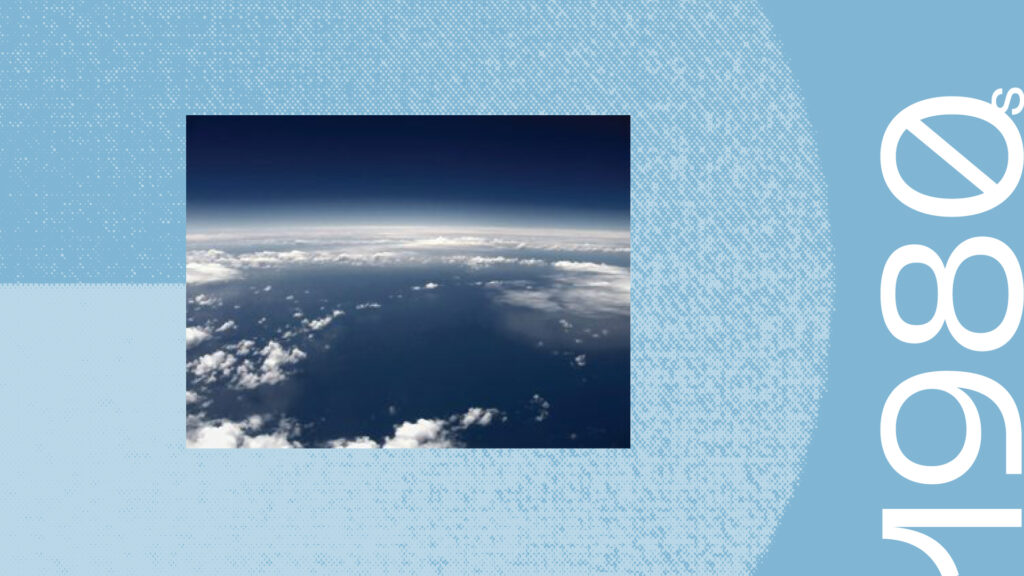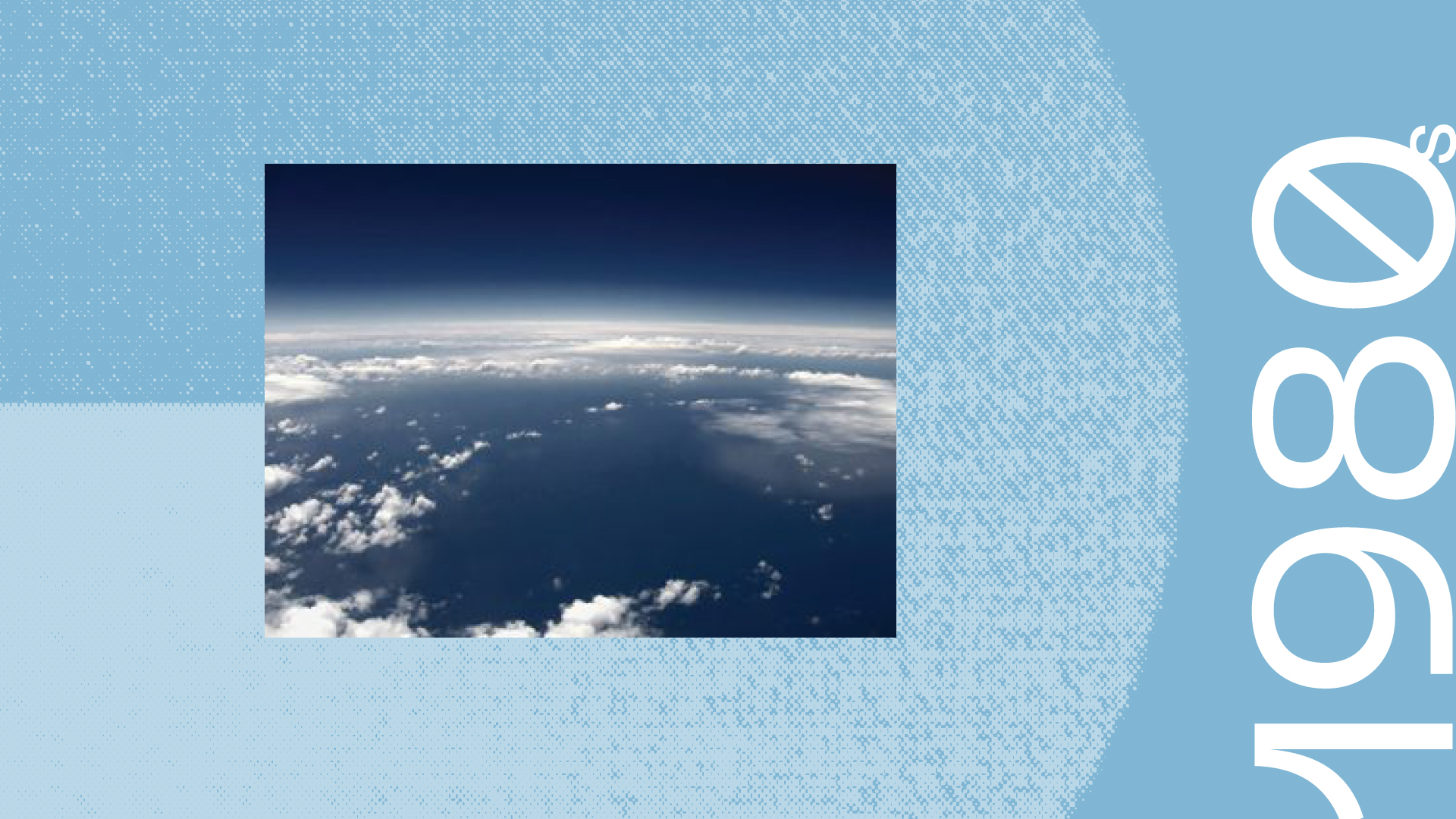
SRI conducted award-winning research that demonstrated how particular chlorofluorocarbons (CFCs) contribute to the depletion of stratospheric ozone, which protects humans and plants from harmful ultraviolet rays.
CFCs constitute a certain class of compounds created for refrigeration, inert pressure gases, cleaning chemicals, and manufacturing. Two researchers at the University of California, Irvine recognized the role of CFCs in ozone (they went on to share the Nobel Prize in chemistry in 1995). But how did CFCs get into the stratosphere in the first place? Many CFCs are very stable and do not react well with near-Earth gases. Although they are heavier than the normal constituents of air, through turbulent air mixing they can reach high into the atmosphere unchanged because of their stability. That stability continues until they reach the stratosphere, where sunlight wavelengths that normally do not reach the Earth can decompose them into active forms of chlorine or related gases.
SRI researchers were first to show that one type of CFC, chlorine nitrate, reacted with some of the naturally occurring constituents to yield more reacting chlorine forms that rose into the stratosphere. These were verified in lab tests that simulated stratospheric conditions.
A resulting paper by SRI researchers won the prestigious Newcomb-Cleveland Award as the best paper in Science magazine in 1987. More importantly, SRI’s research helped solidify understanding of a balance in nature critical to us all.
Read our 75th anniversary blog feature
75 years of innovation: Air pollution/Ozone depletion



